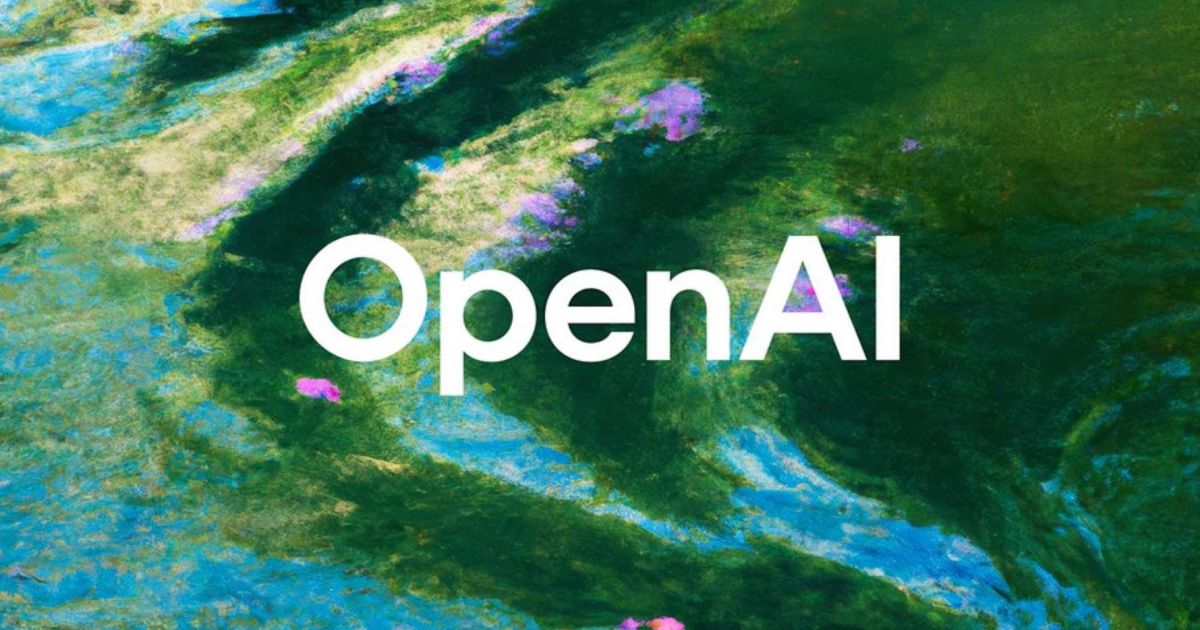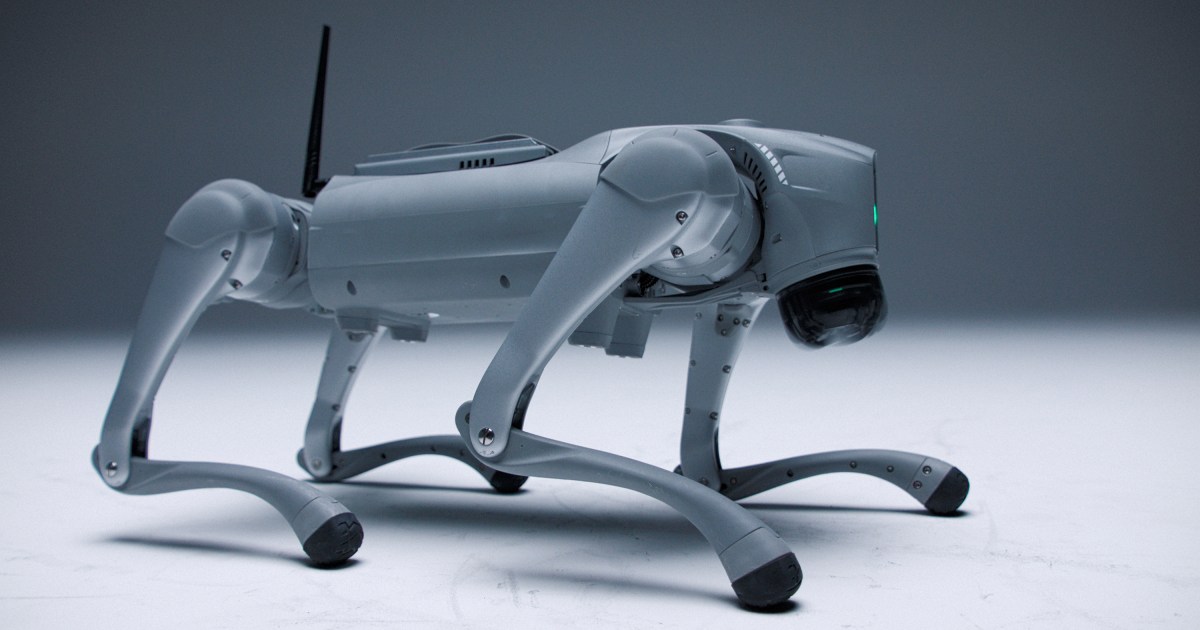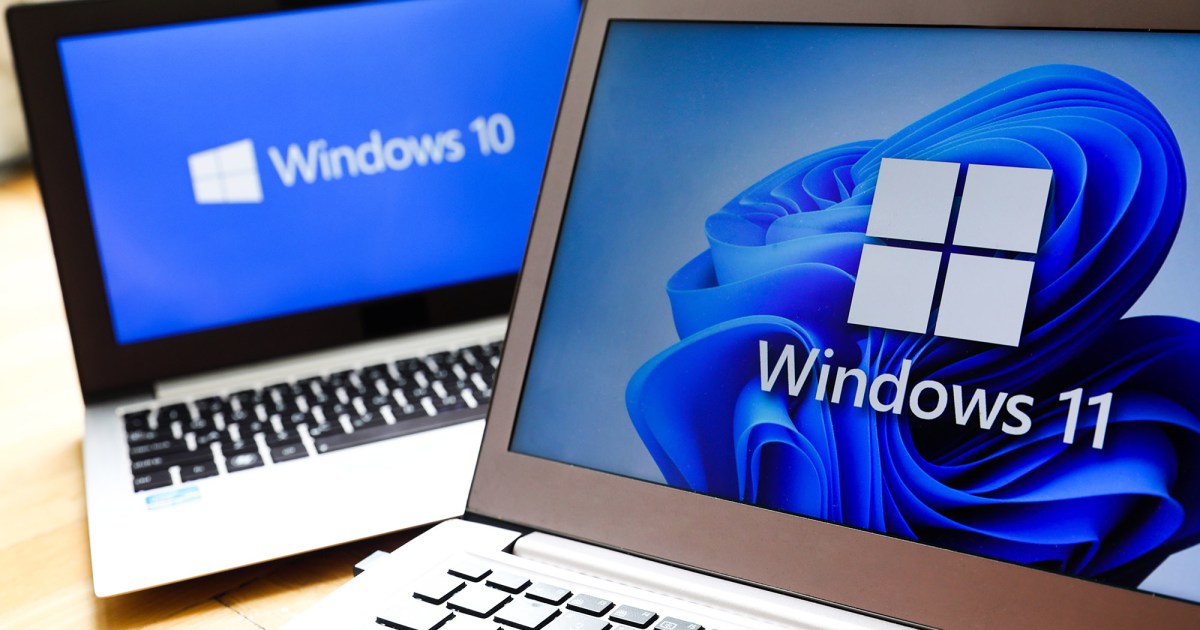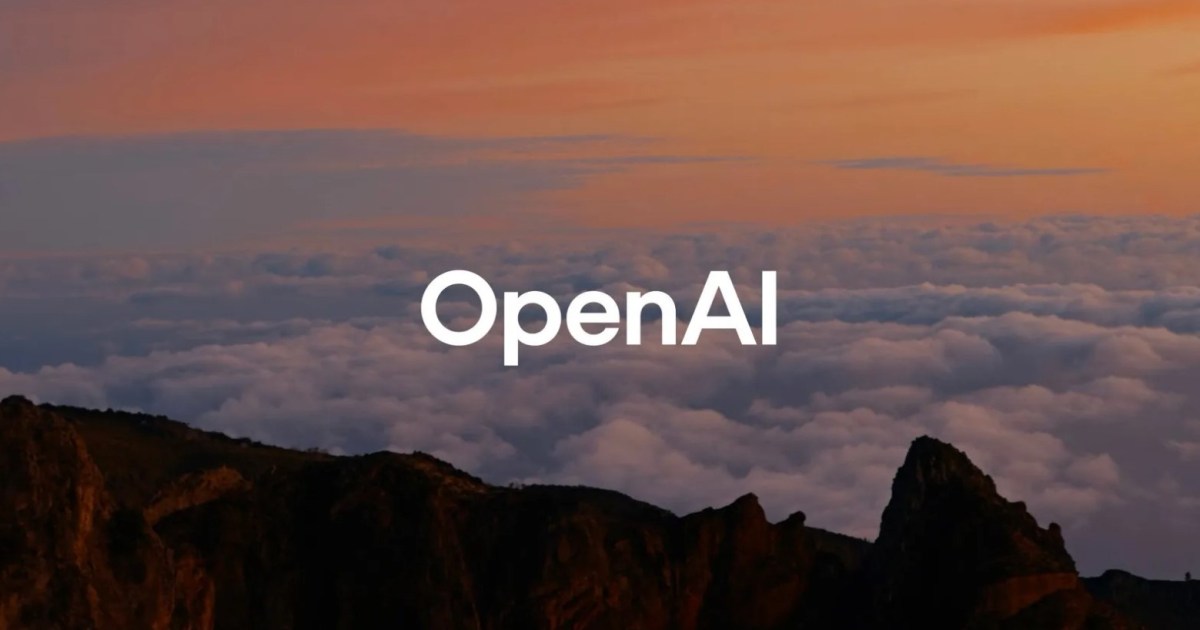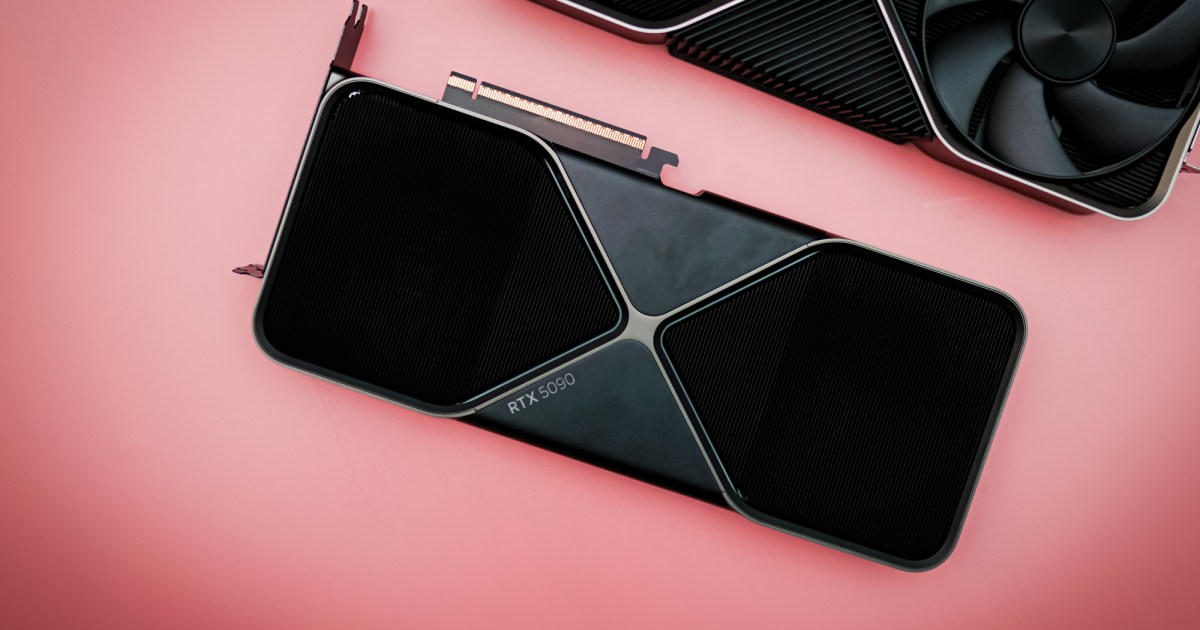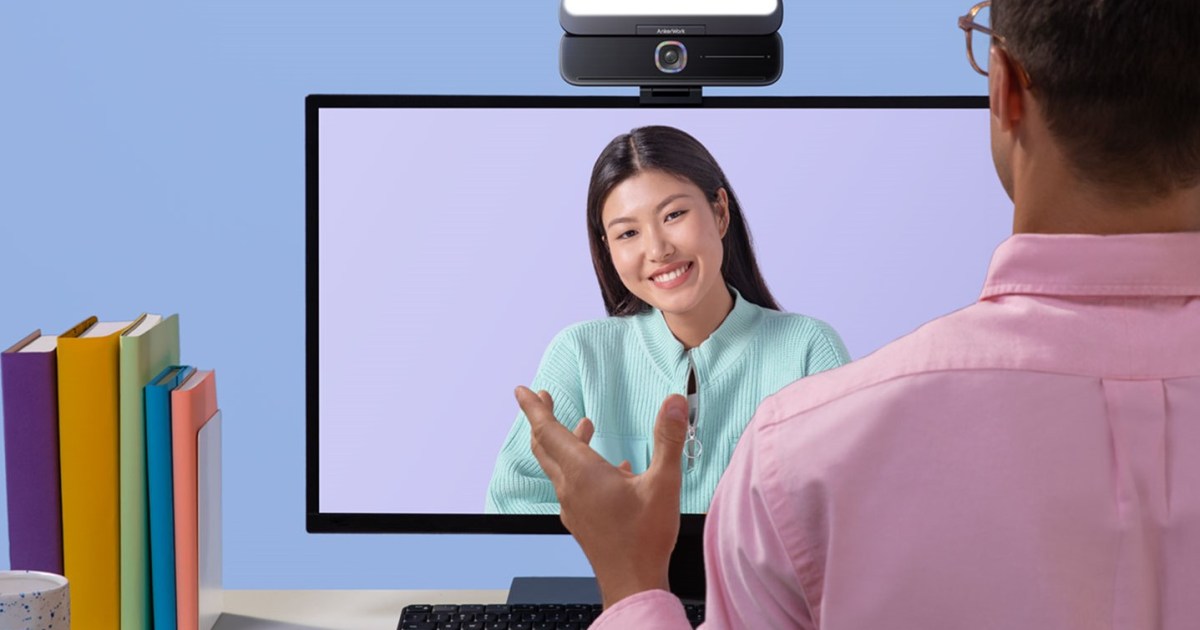ChatGPT’s image processing capabilities have taken a significant leap forward. OpenAI recently unveiled two new models, o3 and o4-mini, demonstrating remarkable advancements in image interpretation and manipulation, pushing the boundaries of AI-generated media even further. These models build upon the impressive image understanding and recreation abilities of the GPT-4o model, known for generating viral effects like those inspired by Studio Ghibli and mastering text within AI-generated images—a feat previously challenging for AI.
OpenAI announced these models, o3 and o4-mini, earlier this week. The o3 model, touted as OpenAI’s “most powerful reasoning model,” enhances existing interpretation and perception skills, showcasing improvements in coding, math, science, and visual perception. The o4-mini, on the other hand, is designed for “cost-efficient reasoning” across similar domains, offering a smaller and faster alternative. This announcement follows the recent release of the GPT-4.1 class of models, which boast faster processing and deeper context understanding.
Image Integration: A New Dimension of Reasoning
These new models mark a significant shift in ChatGPT’s capabilities. They can now incorporate images into their reasoning process, effectively “thinking with images,” as OpenAI describes it. Going beyond basic image analysis, o3 and o4-mini can closely examine and manipulate images through actions like cropping, zooming, flipping, and detail enrichment. This allows them to extract visual cues that might be missed by human observation, ultimately enhancing ChatGPT’s problem-solving abilities.
This integration of visual and textual reasoning, combined with existing ChatGPT features like web search, data analysis, and code generation, is expected to pave the way for more advanced AI agents capable of multimodal analysis.
Practical Applications and Enhanced Understanding
The practical implications are vast. Users can now input images of various items, including flowcharts, handwritten notes, and real-world objects, enabling ChatGPT to gain a deeper understanding and provide more insightful outputs, even without descriptive text prompts. This advancement brings OpenAI closer to the capabilities of Google’s Gemini, which boasts impressive real-world interpretation through live video analysis.
Despite these ambitious claims, OpenAI is currently limiting access to paid members (ChatGPT Plus, Pro, and Team), likely to manage computational demands on their GPUs. Enterprise and Education tier users will gain access within a week. Free users will have limited access to o4-mini via the “Think” button in the prompt bar.
The Future of Multimodal AI
OpenAI’s new models represent a significant step towards more sophisticated and versatile AI. The ability to “think with images” unlocks new possibilities for problem-solving, content creation, and interaction with the digital world. While access is currently restricted, the potential of these models suggests a future where AI can seamlessly integrate and interpret various forms of information, bridging the gap between visual and textual understanding.



